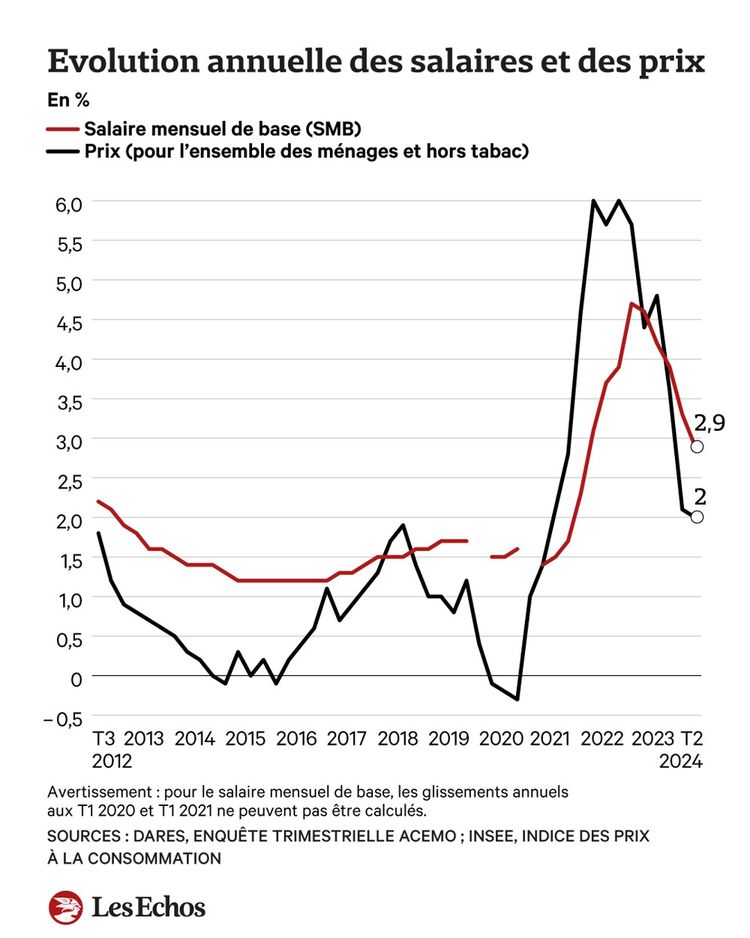

Thank you for the feedback. I had a lot of fun playing with the model (and still have some improvements on my mind that might require porting it outside of Shadertoy)
Is there any part that was especially hard to understand ? I’m trying to make it as clear as possible for developers without a scientific background.














I did not expect such a detailed code review (the fact that you wrote it on mobile impresses me even more), but I strongly agree with everything you mentioned. I think I was so caught up learning GLSL and its quirks, then playing and experimenting with the simulation, that I “forgot” my coding standards. Anyway, I’ll make sure to take some time to update both the code and the article following your recommandations.